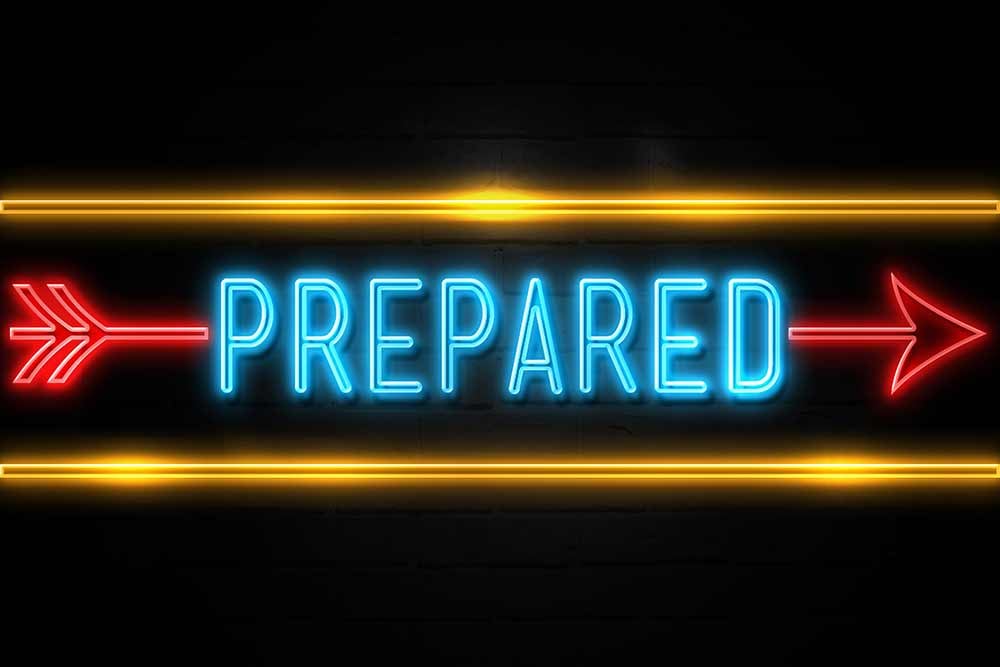The terms “tech debt or technical debt” are widely understood among developers. They’re the implied cost to fix a project later because someone chose a short-term, easy fix rather than spending time applying the best possible solution now.
Most people have experienced this, in the form of regretting some kind of shortcut when it inevitably does more harm than good. Brands and branding are no different.
When you’re creating and publishing branded content (and you’re creating a ton if you’re using an inbound marketing approach), you risk accumulating brand debt. Anything that’s “off-brand” adds to that negative balance. But instead of a direct financial cost, this kind of debt impacts consumer trust.
Trust is a dangerous asset to gamble with.
Consumers don’t really think about why they trust you, or why they don’t. Everything about your messaging and marketing is a factor, but most people won’t be able to state a clear reason they feel one way or the other. It’s a subconscious decision that makes or breaks an intangible value. So the last thing you want to do is negatively impact something that tricky to change or track.
By really understanding what you’re doing, or not doing, to incur brand debt, you can prevent it.
How Brand Debt Happens
In the beginning, keeping your brand on track is easy. You’ve got a small team and probably just one person creating and approving content. So, the brand is almost always a direct reflection of its owner or founder.

As your brand grows, staying on brand gets trickier. More people have a hand in your marketing, some of which won’t even work for your company, like an agency or other hired guns. When they don’t know or understand the essence of your brand as well as you do, they’re going to take some liberties, make some guesses and insert their own voice into your marketing. As people, our own voices and personalities are our default setting. That’s what we turn to first when we have to “figure it out” without formal guidelines.
Your marketing might be kicking ass by getting minimum viable products out to market fast, then developing them further as you go. The problem with brand content like blogs, ebooks and videos is, it’s unlikely a consumer will consume anything twice. Whether you intend it to or not, both polished and very rough content affect your brand debt and the consumer’s opinion of your company with equal weight.
Essentially, here’s when brand debt happens most often:
- More voices and personalities begin to speak on behalf of your brand
- You have no editorial style guide or brand guidelines to outline what’s “on brand”
- Your brand message and tone of voice aren’t defined and widely understood
- Your goals and lack of resources (or staff) are emphasizing quantity over quality
- Agile marketing or fast-to-market principles bypass quality control
So pay attention to leaks in your quality control, think about who’s really behind your brand and start designing smart measures to keep them on track.
Actively Avoiding Brand Debt

Protecting your brand and keeping it out of debt is an active endeavour. You’ve got to fight the good fight, not complacently hope your branding is OK. That’s how businesses get into this mess in the first place. Thankfully, taking an active role in protecting your brand isn’t difficult. The keys are commitment and consistency.
Your brand-defending to do list:
- Define, protect and invest in your brand integrity early
- Create a brand guide with an editorial style guide in a centralized location, like an internal server or Google Docs
- Brand checks and balances like an approval process or brand filter
- Find the right balance between speed and quality with airtight processes and quality control
- Consistency is key in your tone of voice and brand message
The absolute best thing you can do to avoid going off brand is to create brand guidelines with a solid editorial style guide. Now, even if you have some kind of brand guidelines, what you have probably isn’t nearly comprehensive enough.
Your brand guidelines should include distinct sections for each type of marketing content you’ll produce, as well as general guidelines for acting or speaking on behalf of the brand. At Impulse Creative, our expert marketers created a free four-part template that’s detailed enough to keep most small businesses on track.
It includes:
- Brand Identity
- Mission & Vision (NOT the same thing, btw)
- Core Values
- Brand Filter
- Editorial Style Guide
- Brand Messaging
- Tone of Voice
- Taglines
- Copy Rules
- Terms and Usage Guidelines
- Grammar Rules
- Trademarks
- Approval Processes
- Graphic Standards
- Logo
- Color Pallet
- Fonts and Typography
- Photo and Image Guidelines
- Brand Strategy and Execution
- Strategic Goals
- Objectives
- Web, Blog and Social Media Best Practices
- Marketing Strategy by Channel
- Video Guidelines
- SEO
- Social Media Crisis Management
- Buyer Personas
Now, Make a Plan for Your Brand
Whether your investment is the time it’ll take to create and distribute your brand guides, or paying professionals like Impulse Creative to write them, it’s worth it. You’ll also want to take a hard look at your content creation process, including the voices behind it, the level of quality you’re requiring of them and any leaky sections of your content process pipeline.
At the end of the day, your brand IS your business. And that’s worth protecting with every tool at your disposal.





